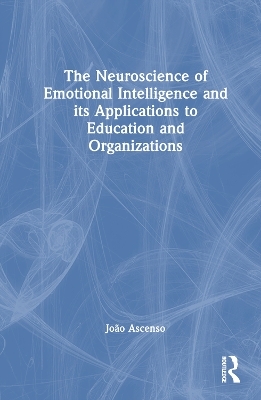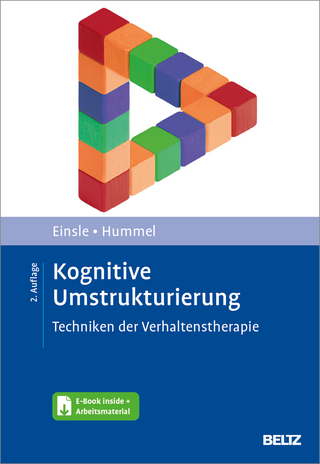
The Neuroscience of Emotional Intelligence and Its Applications to Education and Organizations
Routledge (Verlag)
978-1-032-82292-1 (ISBN)
This book provides a clear understanding of the neuromechanisms of emotional intelligence and its applications to education and organizations through practical exercises.
Divided into three parts, the book begins by explaining the data that help us understand the neural mechanisms of emotional intelligence. Part 2 focuses on application in educational contexts by presenting emotional intelligence education programs for children and adolescents as well as an analysis of emotional intelligence from a practical point of view. Part 3 switches the focus to organizations through the leadership with emotional and social intelligence model as proposed and validated by Daniel Goleman and Richard Boyatzis. Both parts offer a series of practical and engaging exercises for application to adolescents, children and educators, and organizational environments respectively. Presented simply, the book gives a scientifically rigorous and structured overview of how neuroscience has helped in understanding the neural mechanisms of emotions and its applications.
It is indispensable reading for neuroscientists, psychologists, leaders, managers, teachers, and educators, and all those interested in the search for personal and professional success.
João Ascenso is CEO of a multinational company headquartered in Dubai called International Institute for Executive Education and Positive Change for Business Prosperity L.L.C-FZ and is Senior Consultant in Organizational Behavior for Duke Kunshan University, and Future Director, Center for the Sustainable Development of Africa.
Introduction
Part I. What Neuroscience can Teach us about Emotional Intelligence
1.The Neural Bases of Emotions
2. The Broaden and Build Theory of Positive Emotions
3. Complexity, Evolution and the Neural Bases of Self
4. The Brain Mechanisms of Emotional Self-Awareness
5. The Neural Bases of Emotional Self-Control
6. The Science of Human Relationships and its Relationship with Neuroscience
Part II. Emotional Intelligence Applied to Education
7. Educational Programs in Emotional Intelligence
8. Dimensions of Focus of Emotional Intelligence: Self and Others
9. Emotional Intelligence Exercises
Part III - Emotional Intelligence Applied to Organizations
10. Leadership with Emotional and Social Intelligence
11. Exercises
12. Suggestions of Answers for all the Exercises
13. Conclusion
| Erscheinungsdatum | 18.09.2024 |
|---|---|
| Zusatzinfo | 17 Tables, black and white; 1 Line drawings, black and white; 45 Halftones, black and white; 46 Illustrations, black and white |
| Verlagsort | London |
| Sprache | englisch |
| Maße | 156 x 234 mm |
| Gewicht | 607 g |
| Themenwelt | Geisteswissenschaften ► Psychologie ► Allgemeine Psychologie |
| Geisteswissenschaften ► Psychologie ► Arbeits- und Organisationspsychologie | |
| Geisteswissenschaften ► Psychologie ► Sozialpsychologie | |
| Geisteswissenschaften ► Psychologie ► Verhaltenstherapie | |
| Naturwissenschaften ► Biologie ► Humanbiologie | |
| Naturwissenschaften ► Biologie ► Zoologie | |
| ISBN-10 | 1-032-82292-9 / 1032822929 |
| ISBN-13 | 978-1-032-82292-1 / 9781032822921 |
| Zustand | Neuware |
| Informationen gemäß Produktsicherheitsverordnung (GPSR) | |
| Haben Sie eine Frage zum Produkt? |
aus dem Bereich


